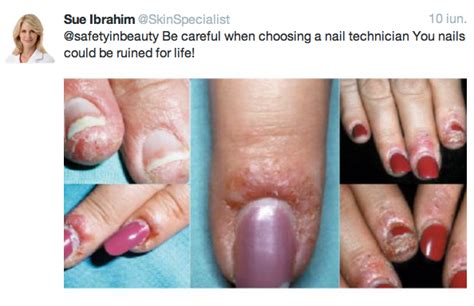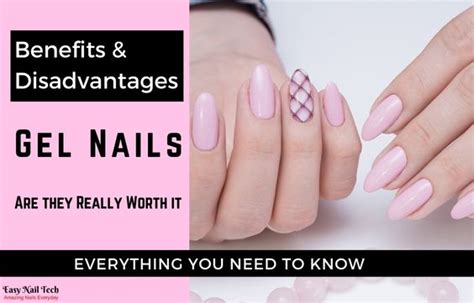are fake gel nails toxic ,disadvantages of gel nails,are fake gel nails toxic, Gel manicures are popular because they’re long-lasting. But they can cause damage to your nails and the surrounding skin. The following are the most common health . Experience the unparalleled savoir-faire of Louis Vuitton bags, artfully made in canvas and leather.Available in classic LV motifs, including Monogram or Damier canvas, and limited .

Gel nails have become a go-to beauty trend for many people around the world due to their ability to deliver long-lasting, shiny, and chip-free nails. From salon appointments to DIY kits available at beauty stores, gel manicures have proven to be a popular choice for those looking to achieve a polished look with minimal effort. However, despite their appeal, there is growing concern regarding the safety and health risks associated with gel nails. The question that arises frequently is: Are fake gel nails toxic?
In this article, we will explore the various dangers and potential health risks posed by gel nails, especially when it comes to frequent use. We'll discuss the dangers of gel nails, how they can damage your natural nails, and if gel manicures are truly harmful. We'll also examine the hidden risks behind gel polish, the impact of UV exposure, and if there are ways to mitigate or avoid these risks.
Gel Nails: The Basics
Before diving into the risks, it's important to understand what gel nails are and how they work. Gel nails refer to a type of manicure that uses a gel-based formula to coat the natural nails. This gel is then "cured" under a UV or LED light, which hardens the product and creates a durable, glossy finish.
There are several types of gel manicures, including:
1. Traditional Gel Nails: These are applied as a base coat, color coat, and top coat, all of which must be cured under UV or LED light.
2. Shellac Gel Nails: A hybrid of regular polish and gel, Shellac is known for its ability to last longer than regular nail polish but is not as thick as traditional gel nails.
3. Polygel Nails: A more recent addition, polygel nails combine the durability of gel with a softer, more flexible texture.
While gel nails are popular due to their chip-resistant qualities and sleek appearance, many people are unaware of the potential dangers they might pose to nail health.
Gel Nails: Are They Dangerous?
The growing concerns about gel nails stem from several key factors, including the use of UV light for curing, the chemicals found in the gel itself, and the potential for nail damage over time.
# 1. UV Exposure and Skin Damage
One of the main health concerns associated with gel nails is the use of ultraviolet (UV) light to cure the gel polish. Gel nails require exposure to UV light, which is the same type of light that comes from the sun. UV light exposure has long been linked to skin damage and an increased risk of skin cancer, including melanoma, especially with prolonged or frequent exposure.
Research has shown that the amount of UV exposure you get during a gel manicure is relatively small, but it still poses a risk over time. Some studies have even suggested that frequent exposure to UV light during gel nail treatments could increase the risk of premature skin aging, wrinkles, and potentially even skin cancer. While the risk from occasional gel manicures is still debated, the cumulative effect of frequent treatments might warrant concern.
To mitigate this risk, many salons recommend wearing sunscreen or UV-protective gloves to shield the skin during the curing process. However, many people neglect this advice, leading to repeated exposure without proper protection.
# 2. The Chemicals in Gel Polishes
Gel nails are typically made from a mixture of various chemicals, including formaldehyde, toluene, dibutyl phthalate (DBP), and camphor—ingredients known for their potential health risks.
- Formaldehyde is a preservative used in some gel polishes that has been linked to skin irritation, allergies, and even cancer in high concentrations.
- Toluene is a solvent that can cause dizziness, headaches, and nausea if inhaled in large amounts. It can also irritate the skin and eyes.
- Dibutyl Phthalate (DBP) is a chemical commonly used to make gel polishes more flexible, but it has been associated with hormonal disruption and reproductive issues.
- Camphor is another common ingredient in gel polishes that can cause skin irritation and even nausea if inhaled.
When applying gel nails, the chemical ingredients can be absorbed through the skin, and exposure to these chemicals may pose potential health risks over time, particularly if used frequently or in poorly ventilated spaces.
# 3. Damage to Natural Nails

are fake gel nails toxic $3,190.00
are fake gel nails toxic - disadvantages of gel nails